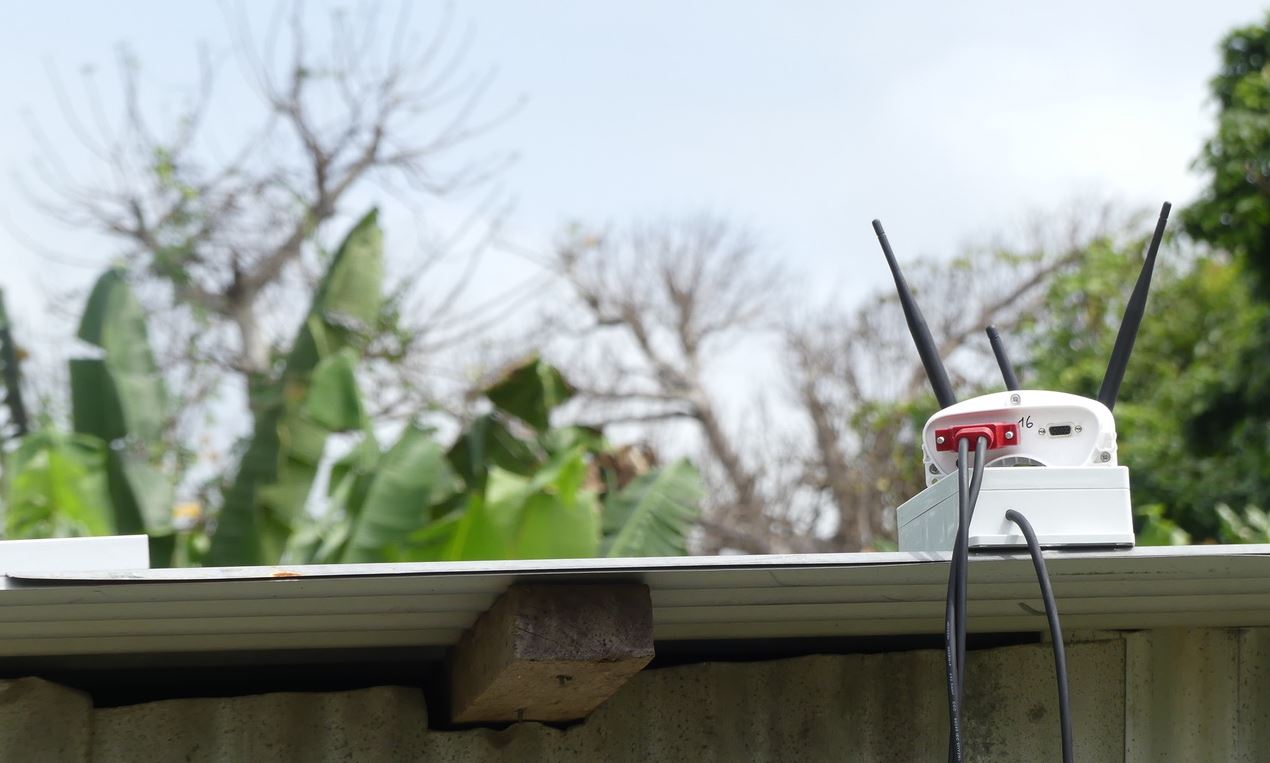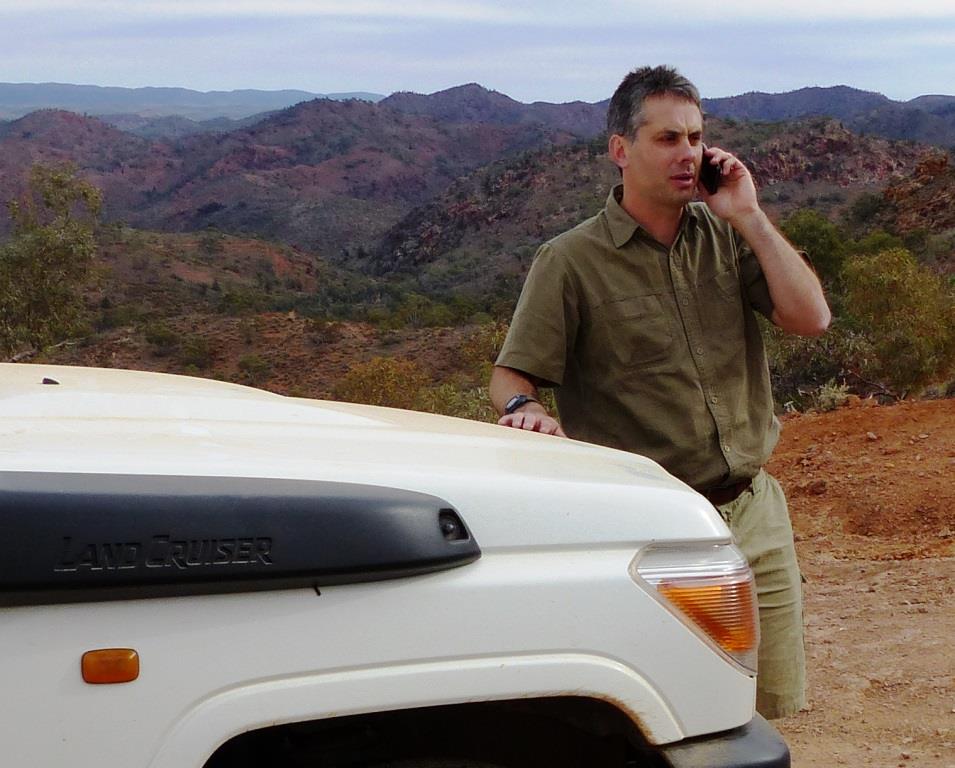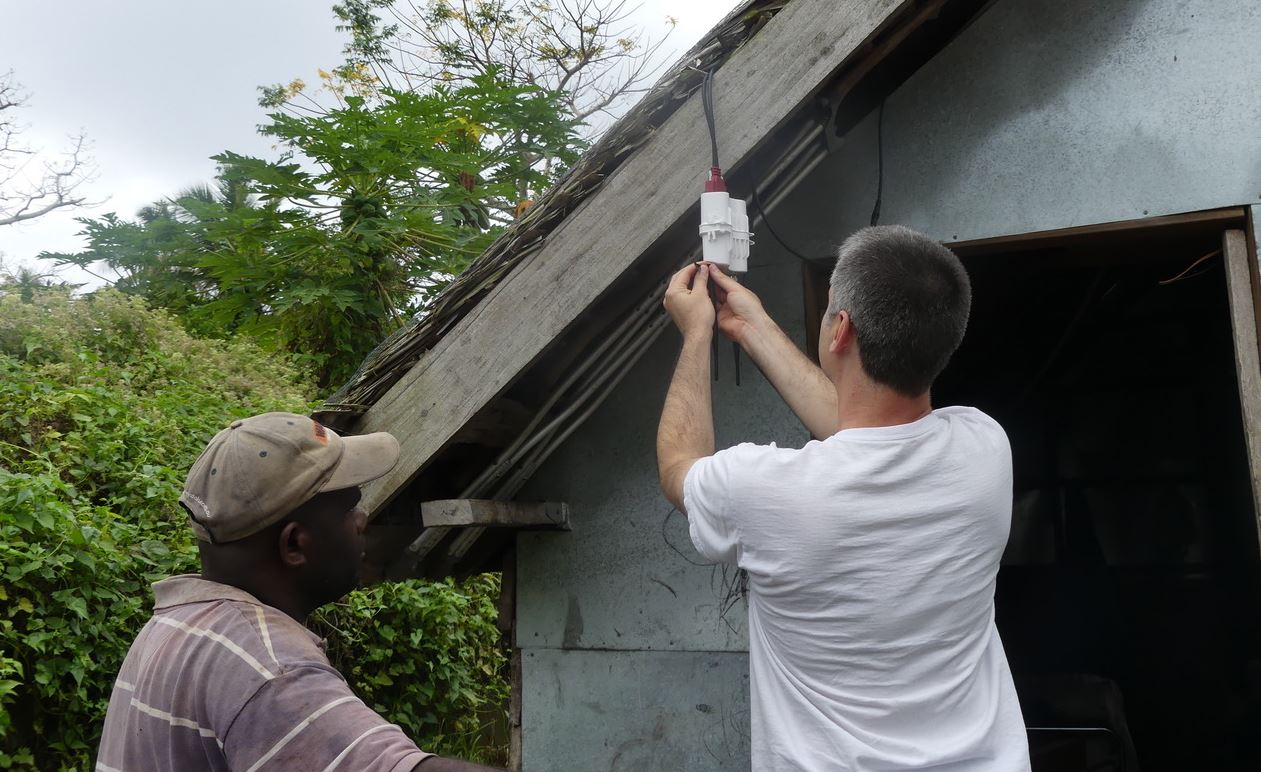
An emergency mobile phone system developed at Flinders University is going into a ‘real world’ trial in Vanuatu as the country’s Manaro volcano shows signs of imminent eruption.
Dr Paul Gardner-Stephen’s revolutionary Serval software allows mobile phones to communicate during a disaster, even in the absence of cellular network infrastructure.
Dr Gardner-Stephen will be working with New Zealand and Vanuatu Red Cross and supporting their operations in the Pacific nation.

Once in Vanuatu, the Serval software will continue its field trials as part of the humanitarian response to the potential volcano eruption, which has already seen 6,000 people evacuated from their homes on the island of Ambae.
“With communities moving around in Vanuatu, ahead of a potential disaster, this is exactly the kind of use-case that our project is designed to address,” Dr Gardner-Stephen says.
“In light of this, and the current season of disasters around the Pacific Rim, we can highlight its applicability to these kinds of situations.”
Professor Paul Arbon, director of the Torrens Resilience Institute at Flinders University, says the impacts of natural disasters are increasing around the globe.
“During the early response to any catastrophic events, community members are unlikely to receive immediate aid and support because emergency services, governments and other aid agencies are overwhelmed,” Professor Arbon says.

“In addition, many people live in communities that are increasingly brittle, with considerable dependence on essential services such as power, water supply, banking, supermarkets and telecommunications that are often disabled by events such as extreme weather, earthquake or fire.
“Communities need working communication systems to respond effectively, to help one another, to reconnect to loved ones and to self organise in the immediate aftermath.”
The Serval project addresses this fundamental need, he says.
“It provides technology that is robust and can rapidly re-establish communication across community members and allow connection to the outside world. This is an extraordinarily important step forward,” Professor Arbon says.
Serval enables local people, neighbours, friends and volunteers to keep in touch – regardless of mobile signal coverage.
“Much of this response, as we have seen in the example of the so-called ‘mud army’ in the Christchurch disaster, and in the community response to the current earthquake disaster in Mexico, is organised through social media and this is only possible because mobile phone connections are restored.”
The software also integrates with optional, pocket-sized, inexpensive radio hardware units called Serval Mesh Extenders, which enable people to communicate using radio signals.
The latest Vanuatu field trip will provide an opportunity to test the weather-proof cases of the Serval Mesh Extenders, which have been manufactured in South Australia.
This Vanuatu pilot is funded by the Commonwealth Government’s Department of Foreign Affairs and Trade’s humanitarian programs, and the software is free to download.
Dr Gardner-Stephen will also work on integrating a small low-cost satellite receiver into the system, so that in future people displaced by disasters will be able to more easily receive important information about the situation, with support from the Humanitarian Innovation Fund and ELRHA.
Serval Project was one of five winners in the Pacific Humanitarian Challenge where it received $279,000, which will be used to make technical improvements. It has also received grants from the United States and the Netherlands.

